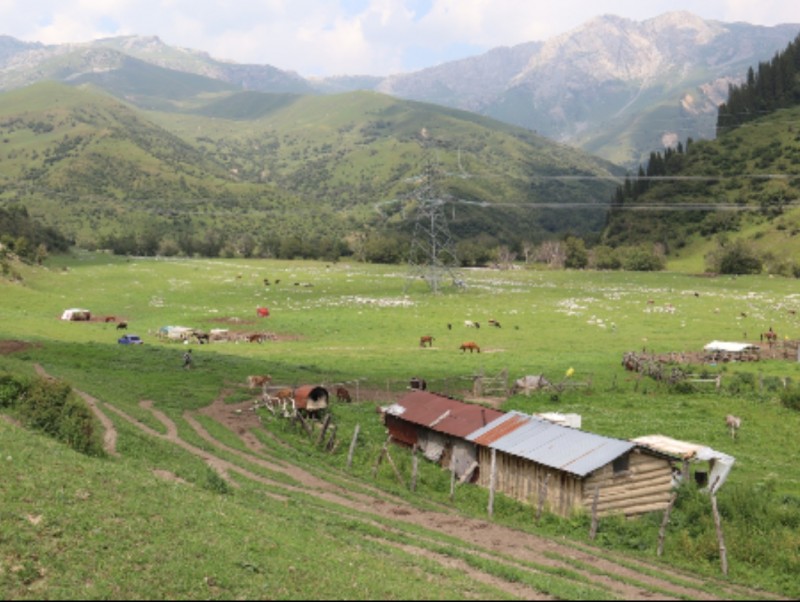
A new study on "The interrelationship between land degradation, climate change and migration in Central Asia" has been published.It examines the problems of desertification and land degradation in the region, the causes of these processes in view of the 'legacy' of the Soviet period, and land use and management practices and prospects for their spread in Central Asian countries.
As noted in the summary of the study, following the collapse of the Soviet Union, agriculture in the region experienced serious difficulties: many irrigated lands that had served as the basis for intensive agriculture were abandoned; overgrazing, degradation and desertification of mountain and desert rangelands led to a reduction in livestock numbers; small-scale production increased and productive soil and land resources were overloaded; inefficient water use increased and the functioning of drainage systems declined sharply.
These problems have exacerbated land degradation and water scarcity. Today, along with anthropogenic impacts on nature and dwindling resources, the region's economy is under the impact of climate change, which is also causing a further decline in water and soil resources. Urgent measures are therefore required to adapt farmers to climate fluctuations. But despite initiatives by international donors to improve adaptation, develop resource-saving technologies and disseminate successful sustainable land management practices, these efforts are not sufficient to counteract negative trends.
The researchers conclude that "land degradation is a significant trigger of migration, although its impact is indirect. Land degradation, combined with increasing anthropogenic pressures due to population growth and density, leads to reduced availability of productive land and water resources, falling crop yields and livestock productivity. This causes a decline in income and living standards of the population and an increase in unemployment.The direct link between migration and land degradation can be traced only at the local level of migration and is temporary, depending on the degree and depth of degradation processes. These phenomena are most pronounced in the livestock (rangeland) sector and in irrigated agriculture", says this paper. According to cited statistics, in Central Asia, where drought and desertification cause annual damage of about USD 6 billion, the number of people migrating annually in search of work is 2.5-4.3 million, or 10-15% of the economically active population.In this connection, the authors have voiced recommendations, of which the main ones are the following: (1) develop a unified system of indicators, methods to assess risks and manifestations of land degradation in the region, taking into account the experience accumulated in the Soviet period; (2) support national systems of soil and land assessment to create a register of their quality; (3) identify incentives for transforming economic models, to stimulate the formation of new jobs.
The study shows that the widespread adoption of effective land management approaches that already exist in the region depends on creating financial opportunities for farmers and improving knowledge sharing. The main objective of the study is therefore to create an interdisciplinary scientific platform, develop new approaches to build further inter-regional cooperation and provide analytical information and data to advise parties in the region interested in action on land degradation, climate change adaptation and migration.
Read and download the study in Russian here.
Source: https://www.unccd.int/
Photo: Gulnaz Kambaralieva.
Итоги пастбищного сезона 2018 года были подведены на очередном заседании районной пастбищной комиссии (РПК).
MoreThe development of the unified method, "Monitoring Pastures at the Local Level," is nearing completion.
MoreЧетыре новых моста построены в 2018 году в Кыргызстане при поддержке ОФ “CAMP Алатоо” и Швейцарской ассоциации “Памирские...
More